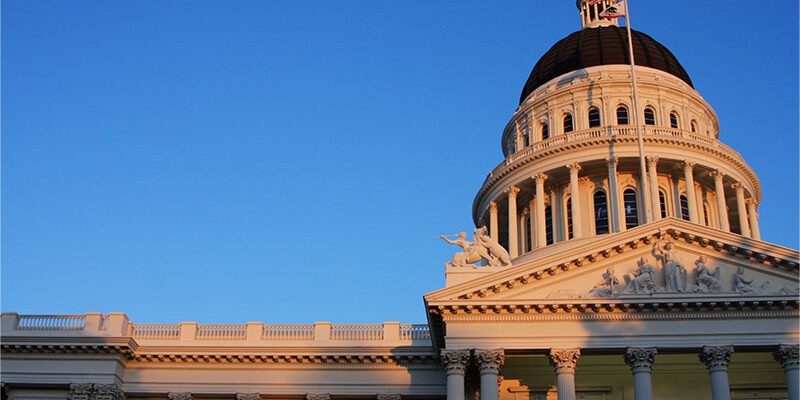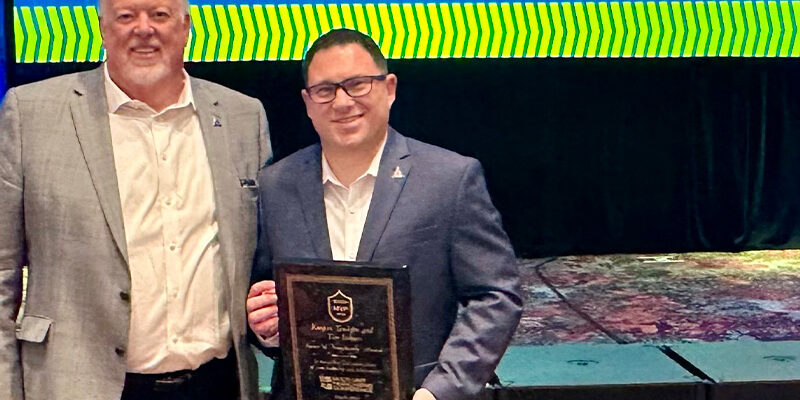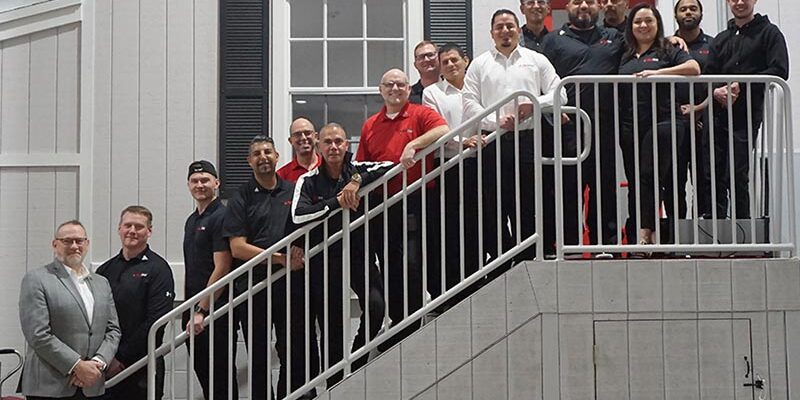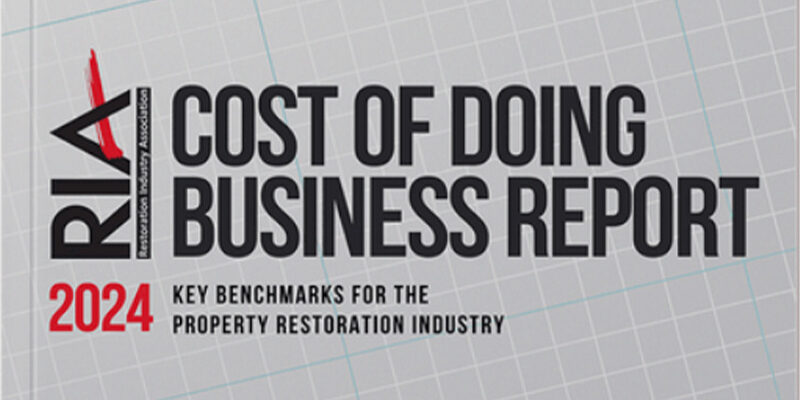Q&A’s About Ozone Cleaning

The topic of ozone cleaning has become much more popular in the last year. A recent check using Google Trends, which indicates how often a particular search-term is used, showed that “cleaning with aqueous ozone” is receiving over a third more queries today it than it did in July 2015.
Because these systems are used in professional cleaning, most likely these inquiries are coming from facility managers and cleaning professionals.
But many people are not exactly sure what aqueous ozone is or how it can be used for cleaning. To help clear things up, Matt Montag with CleanCore™ Technologies, a manufacturer of aqueous ozone cleaning systems, answers a few common questions.
Isn’t ozone bad? There is good ozone and bad ozone. Ground level ozone that we breathe can be “bad.” It is often made up of volatile organic compounds, emissions from industrial facilities, automobile exhaust, vapors from chemical solvents, and more. “Good” ozone refers to ozone in the stratosphere, protecting life on Earth. Also, mechanically created ozone would fall under the category of “good” ozone.
Why is there more interest today in aqueous ozone cleaning systems? The growing interest in aqueous ozone parallels the growth of green and sustainable cleaning. It does not require the use of any harsh cleaning chemicals, and eliminates the need for the packaging and transporting of chemicals, and when it’s done cleaning, it reverts back to oxygen.
How is ozone mechanically created? Ozone is created by the electronic fusion of oxygen molecules (O2) into ozone molecules (O3) using either ultraviolet light or through the Corona Discharge method.
Why is it called “aqueous ozone”? It is called aqueous ozone because the ozone is infused into water, making it a liquid. It can then be poured into a sprayer, like any other cleaning solution, or used directly from a portable caddy to clean restrooms, floors and even carpets.
Is it safe?
Yes it is very safe. One of the first uses of aqueous ozone more than a century ago was to treat drinking water. It is also used to clean fruit, vegetables and other food items. The U.S. Department of Agriculture has certified ozone as “Generally Recognized as Safe,” meaning it can be used in agriculture and industrial food processing plants.
Does it work? New studies along with studies going back decades recognize Aqueous Ozone as an effective odor eliminator, surface cleaner, and sanitizer.













